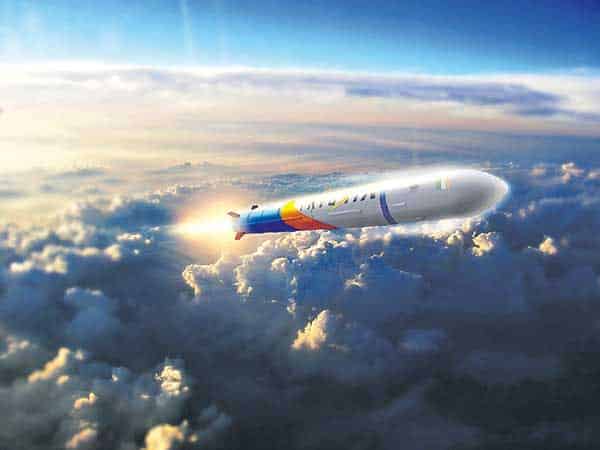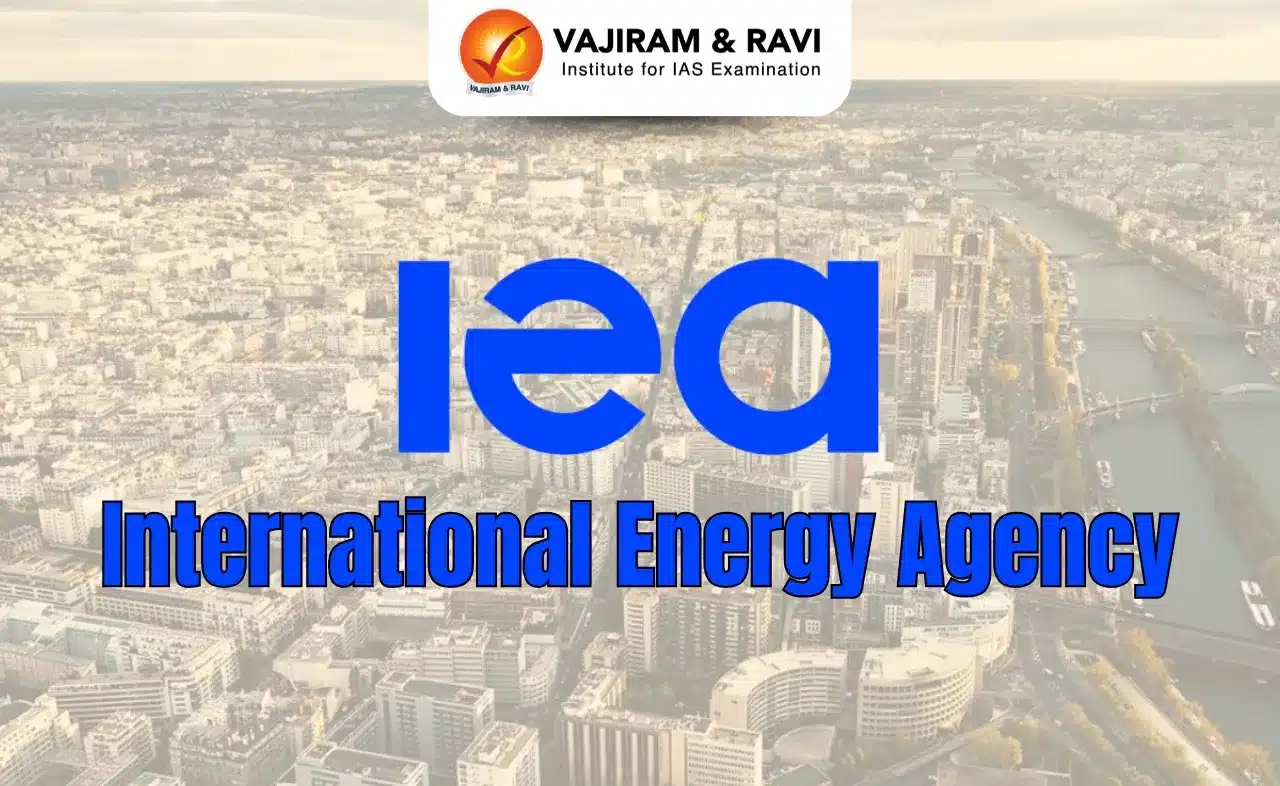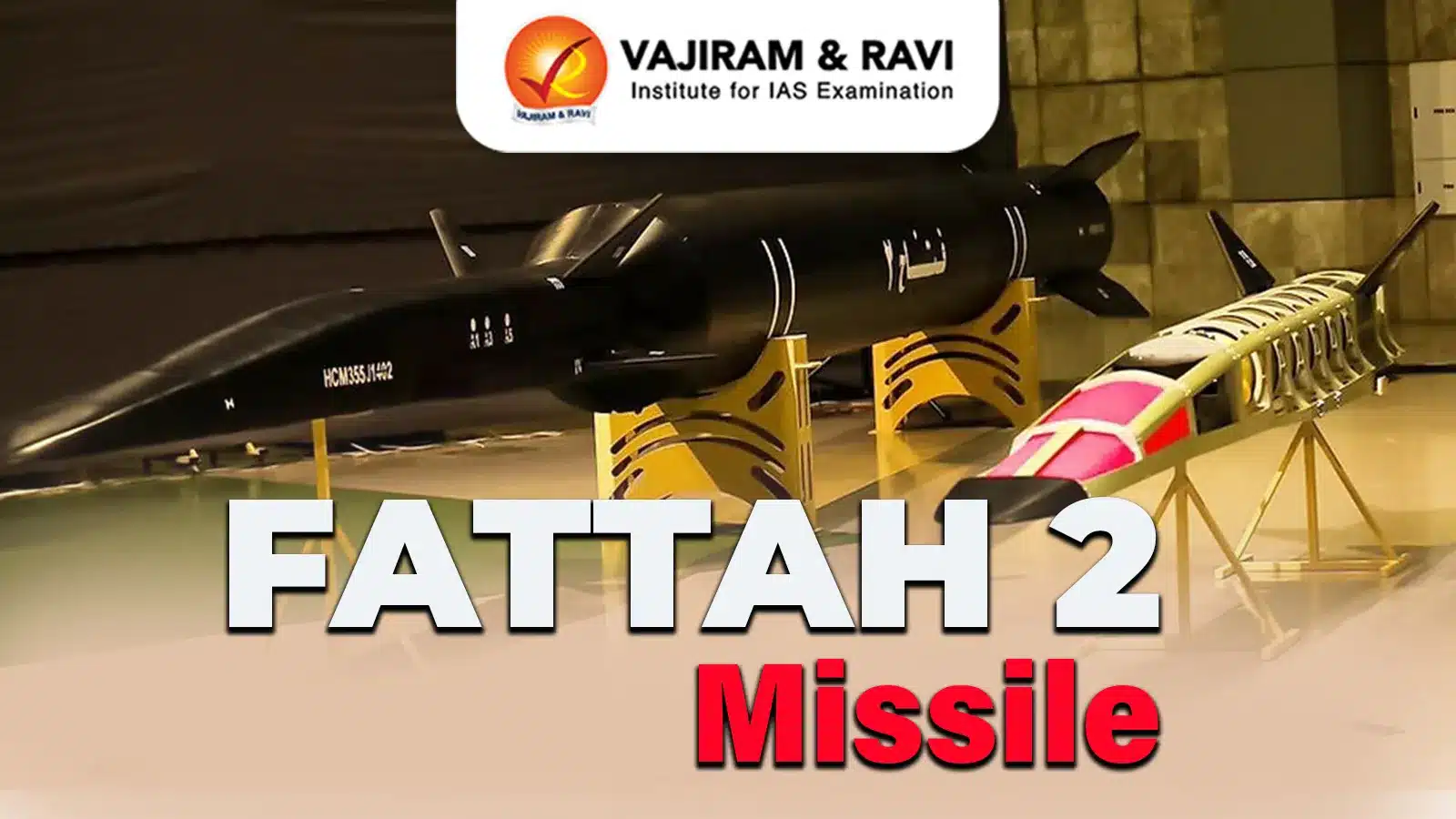Why in News?
- Planned to be launched in early 2024, Vikram-I will be Skyroot’s second rocket, after the successful launch of the Vikram-S rocket on November 18 last year, when the space start-up became the first company to launch a private rocket from the ISRO’s launch centre in Sriharikota.
About Vikram-1 Rocket
- Vikram-1, named after the father of India’s space programme, Vikram Sarabhai, is a multi-stage launch vehicle with a capacity to place around 300 kg payloads in low-earth orbit.
- It has been built by Hyderabad-based Skyroot Aerospace, a space startup.
- It is an all-carbon-fibre-bodied rocket that can place multiple satellites into orbit.
- Being a solid-fuelled rocket and using relatively simpler technologies would mean that launching this vehicle would require minimal infrastructure and that the rocket can be assembled and launched within 24hours from any site.
What is Low Earth Orbit (LEO)?
- A low Earth orbit (LEO) is, as the name suggests, an orbit that is relatively close to Earth’s surface.
- It is normally at an altitude of less than 1000 km but could be as low as 160 km above Earth, which is low compared to other orbits but still very far above Earth’s surface.
- By comparison, most commercial aeroplanes do not fly at altitudes much greater than approximately 14 km, so even the lowest LEO is more than ten times higher than that.
- The majority of satellites are to be found in LEO, as is the International Space Station (ISS).
- In order to remain in this orbit, a satellite has to travel at around 17,500 miles per hour (7.8 kilometers per second), at which speed it takes around 90 minutes to complete an orbit of the planet.
- LEO’s close proximity to Earth makes it useful for several reasons. For example, it is the orbit most commonly used for satellite imaging, as being near the surface allows it to take images of higher resolution.
Q1) What is the International Space Station (ISS)?
The International Space Station is a large spacecraft in orbit around Earth. It serves as a home where crews of astronauts and cosmonauts live. The space station is also a unique science laboratory. Several nations worked together to build and use the space station. The space station is made of parts that were assembled in space by astronauts. It orbits Earth at an average altitude of approximately 250 miles. It travels at 17,500 mph. This means it orbits Earth every 90 minutes.
Source: Indian firm Skyroot unveils 7-storeys tall spacefaring rocket ‘Vikram-1’
Last updated on June, 2025
→ UPSC Notification 2025 was released on 22nd January 2025.
→ UPSC Prelims Result 2025 is out now for the CSE held on 25 May 2025.
→ UPSC Prelims Question Paper 2025 and Unofficial Prelims Answer Key 2025 are available now.
→ UPSC Calendar 2026 is released on 15th May, 2025.
→ The UPSC Vacancy 2025 were released 1129, out of which 979 were for UPSC CSE and remaining 150 are for UPSC IFoS.
→ UPSC Mains 2025 will be conducted on 22nd August 2025.
→ UPSC Prelims 2026 will be conducted on 24th May, 2026 & UPSC Mains 2026 will be conducted on 21st August 2026.
→ The UPSC Selection Process is of 3 stages-Prelims, Mains and Interview.
→ UPSC Result 2024 is released with latest UPSC Marksheet 2024. Check Now!
→ UPSC Toppers List 2024 is released now. Shakti Dubey is UPSC AIR 1 2024 Topper.
→ Also check Best IAS Coaching in Delhi
























